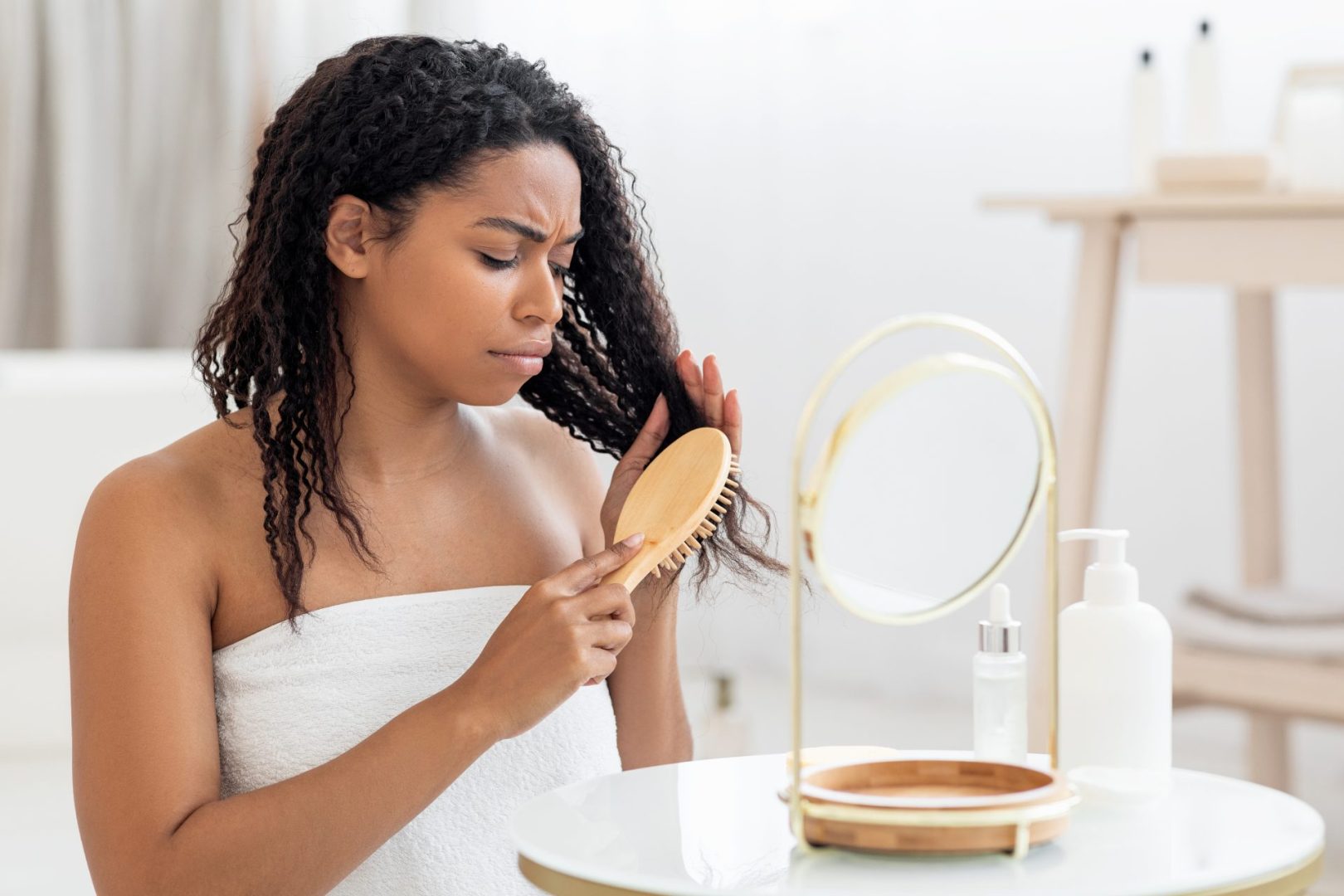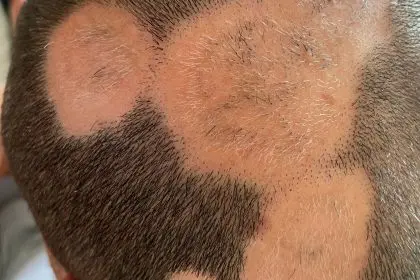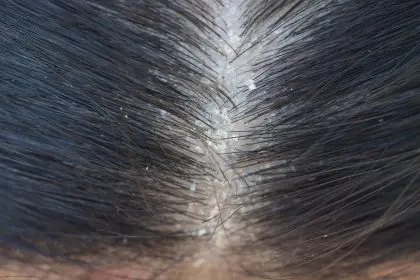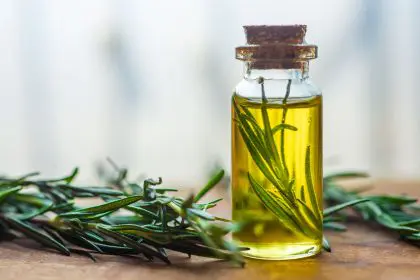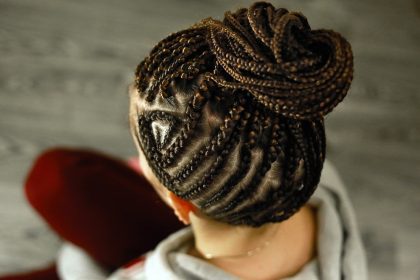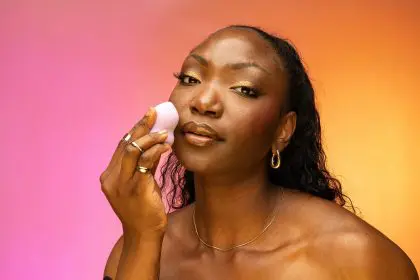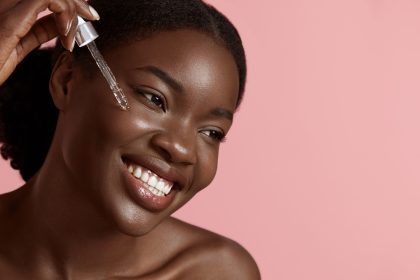Millions of people religiously apply conditioner after every shampoo, invest in expensive deep conditioning treatments, and follow elaborate hair care routines, yet still struggle with persistently dry, brittle, and unmanageable hair. This frustrating reality has led countless individuals to blame their hair type, genetics, or product choices while overlooking the complex web of factors that actually determine hair moisture levels. The truth behind chronically dry hair extends far beyond simple conditioning practices and involves biological, environmental, and lifestyle elements that most people never consider.
The beauty industry has created the impression that the right conditioner can solve any hair dryness problem, leading consumers to continuously switch products in search of the perfect solution. However, hair moisture depends on intricate interactions between the hair cuticle structure, sebum production, environmental conditions, and internal health factors that conditioning products alone cannot address. Understanding these underlying mechanisms can help people develop more effective approaches to hair care that go beyond topical treatments.
Many individuals experience increasing hair dryness over time despite maintaining consistent conditioning routines, which suggests that external factors or internal changes may be undermining their efforts. This progressive deterioration often leads to frustration and expensive product experimentation that fails to address the root causes of hair moisture loss.
1. Your hair cuticle structure determines moisture retention
The fundamental ability of hair to retain moisture depends on the integrity and structure of the outermost layer called the cuticle, which consists of overlapping scales that protect the inner hair shaft. When these cuticle scales lie flat and intact, they create a barrier that prevents moisture loss and allows conditioning ingredients to penetrate effectively. However, damaged or raised cuticles cannot retain moisture regardless of how much conditioner is applied.
Cuticle damage occurs through various mechanisms including heat styling, chemical processing, mechanical manipulation, and environmental exposure. Once the cuticle scales become lifted, cracked, or missing, the hair loses its natural ability to maintain moisture balance. The porous structure that results from cuticle damage allows moisture to enter during conditioning but also enables it to escape rapidly afterward.
The porosity level of hair directly correlates with its ability to benefit from conditioning treatments. High-porosity hair may initially absorb conditioning products well but cannot retain the moisture for extended periods. Low-porosity hair may resist conditioning product penetration entirely, leaving the hair feeling dry despite product application. Understanding individual porosity levels helps explain why identical conditioning routines produce different results for different people.
Age-related changes in hair structure also affect cuticle integrity and moisture retention capabilities. As people age, hair naturally becomes more porous and fragile, making it increasingly difficult to maintain adequate moisture levels through conditioning alone. This natural deterioration explains why hair care routines that worked effectively in youth may become inadequate over time.
2. Sebum production affects natural hair lubrication
The scalp produces natural oils called sebum that serve as the hair’s primary moisturizing and protective system. These oils travel down the hair shaft, providing lubrication and creating a barrier against moisture loss. When sebum production is insufficient or when the oils cannot distribute properly along the hair length, conditioning products must compensate for this natural deficiency.
Hormonal fluctuations significantly impact sebum production throughout different life stages and monthly cycles. Decreased estrogen levels during menopause often reduce oil production, leading to chronically dry hair that doesn’t respond well to conditioning treatments. Similarly, certain medications, stress, and health conditions can suppress natural oil production, creating moisture deficits that external products cannot fully address.
Hair length and texture influence how effectively sebum distributes from the scalp to the hair ends. Longer hair requires oils to travel greater distances, often leaving the ends chronically under-moisturized regardless of conditioning frequency. Curly and textured hair presents additional challenges because the curved structure impedes oil distribution, creating natural dry spots that conditioning products struggle to address adequately.
Over-washing can strip away natural sebum faster than the scalp can replenish it, creating a cycle of dryness that conditioning cannot overcome. Harsh shampoos or excessive washing frequency disrupt the natural oil balance, forcing conditioning products to provide all moisture and protection that sebum normally supplies.
3. Hard water minerals create conditioning barriers
Hard water contains high concentrations of minerals like calcium and magnesium that interfere with conditioning product effectiveness and create buildup on the hair shaft. These minerals bind to hair proteins and conditioning ingredients, preventing proper penetration and creating a coating that makes hair feel dry, dull, and unresponsive to treatments.
The mineral deposits from hard water accumulate over time, creating increasingly resistant barriers that block conditioning ingredients from reaching the hair shaft. This buildup also weighs hair down and creates a rough texture that feels dry despite regular conditioning. The minerals can also react with conditioning ingredients to create soap scum-like residues that further compromise hair health.
Hard water effects become more pronounced with longer exposure, explaining why people may notice gradual changes in hair condition after moving to new locations or when municipal water sources change. The cumulative nature of mineral buildup means that hair may initially respond well to conditioning treatments but become increasingly resistant over time.
Chelating treatments or water softening systems can help address hard water effects, but many people don’t realize that their water quality is undermining their conditioning efforts. The invisible nature of mineral buildup makes it a commonly overlooked factor in persistent hair dryness.
4. Heat styling damages hair faster than conditioning repairs
Regular use of heat styling tools creates ongoing damage to hair structure that outpaces the reparative benefits of conditioning treatments. High temperatures break down the protein bonds that give hair strength and flexibility while damaging the cuticle layer that retains moisture. This continuous cycle of damage and attempted repair through conditioning creates a losing battle for hair health.
Heat damage accumulates over time, with each styling session adding to the overall deterioration of hair structure. Even with heat protectant products, repeated exposure to high temperatures gradually weakens hair fibers and reduces their ability to retain moisture from conditioning treatments. The damage occurs faster than conditioning products can repair it, leading to progressively drier hair despite consistent product use.
Different hair types respond differently to heat exposure, with fine or chemically-treated hair showing damage more quickly than thick, virgin hair. However, all hair types eventually succumb to heat damage when exposed regularly to high temperatures, regardless of conditioning routine quality or frequency.
The temperature settings used for heat styling often exceed what hair can safely tolerate, even with protective products. Many people use maximum heat settings without realizing that lower temperatures can achieve similar results with less damage, allowing conditioning treatments to be more effective at maintaining moisture levels.
5. Chemical processing creates permanent porosity changes
Hair coloring, perming, relaxing, and other chemical treatments create permanent alterations to hair structure that affect moisture retention capabilities for the entire life of the treated hair. These processes intentionally break down hair bonds to achieve desired changes, but they also compromise the hair’s natural ability to retain moisture from conditioning treatments.
The alkaline nature of many chemical processes raises the hair cuticle and creates permanent porosity that cannot be fully reversed through conditioning. While protein treatments and deep conditioning can temporarily improve the appearance and feel of chemically-treated hair, the underlying structural changes remain and continue to affect moisture retention.
Multiple chemical processes compound the damage effects, creating increasingly porous and fragile hair that struggles to maintain moisture regardless of conditioning frequency or product quality. Hair that has been colored and chemically straightened, for example, faces double the structural compromise and requires more intensive care than conditioning alone can provide.
The timing between chemical processes affects the extent of damage and the hair’s ability to respond to conditioning treatments. Overlapping chemical treatments or insufficient recovery time between processes can create severe damage that makes hair virtually impossible to moisturize effectively through topical treatments.
6. Environmental factors strip moisture continuously
Environmental conditions create ongoing challenges for hair moisture that conditioning products must constantly counteract. Low humidity, wind, sun exposure, and pollution all contribute to moisture loss that occurs throughout the day, regardless of morning conditioning routines.
Ultraviolet radiation from sun exposure breaks down hair proteins and fades color while also damaging the cuticle layer that retains moisture. This photodamage accumulates over time and cannot be prevented entirely through conditioning products alone. Hair exposed to significant sun requires additional protection beyond standard conditioning treatments.
Air conditioning and heating systems create artificially dry environments that continuously draw moisture from hair throughout the day. Indoor air with low humidity levels can undo the moisturizing effects of morning conditioning treatments by evening, creating a cycle where hair never maintains adequate moisture levels for extended periods.
Pollution and environmental toxins can coat hair with residues that interfere with conditioning product effectiveness while also creating oxidative stress that damages hair structure. Urban environments present particular challenges for maintaining hair moisture due to the combination of pollution, processing, and environmental stressors.
7. Product buildup prevents conditioning ingredient penetration
Accumulated product residues from styling products, dry shampoos, and even previous conditioning treatments can create barriers that prevent new conditioning ingredients from penetrating the hair shaft effectively. This buildup gradually reduces the effectiveness of conditioning treatments while making hair feel dry, heavy, and unresponsive.
Silicone-based products, while initially providing smoothness and shine, can build up over time and create waterproof coatings that block moisture from entering or leaving the hair shaft. This creates a paradox where hair appears healthy but feels increasingly dry as buildup accumulates and interferes with natural moisture balance.
Many conditioning products contain ingredients that can contribute to buildup when used frequently or in combination with other products. The cumulative effect of these residues may not become apparent immediately but gradually reduces hair’s ability to absorb and retain moisture from conditioning treatments.
Clarifying treatments can help remove buildup, but many people don’t recognize the need for periodic deep cleansing or don’t use clarifying products frequently enough to prevent accumulation. The invisible nature of most product buildup makes it a commonly overlooked factor in conditioning treatment failure.
8. Mechanical damage from brushing and styling
Daily brushing, combing, and styling practices create mechanical damage that compromises hair’s moisture retention capabilities faster than conditioning treatments can repair the damage. Rough handling, inappropriate tools, and aggressive manipulation all contribute to cuticle damage that allows moisture to escape regardless of conditioning frequency.
Brushing wet hair when it’s most vulnerable to damage can cause significant cuticle lifting and breakage that undermines conditioning treatment effectiveness. The mechanical stress of brushing through tangles or using inappropriate brushes for specific hair types creates ongoing damage that accumulates over time.
Tight hairstyles, frequent manipulation, and constant touching can cause mechanical stress that damages hair structure and reduces its ability to retain moisture from conditioning treatments. This type of damage often occurs gradually and may not be recognized as a factor in persistent hair dryness.
The tools and techniques used for daily hair care significantly impact how well conditioning treatments can maintain hair moisture. Gentle handling, appropriate tools, and protective styling practices work synergistically with conditioning products to maintain hair health.
9. Nutritional deficiencies affect hair structure internally
Hair health depends on adequate nutrition to form strong, healthy strands that can effectively retain moisture from conditioning treatments. Deficiencies in proteins, essential fatty acids, vitamins, and minerals can create weak, porous hair that cannot maintain moisture regardless of external conditioning efforts.
Protein deficiency particularly affects hair structure since hair consists primarily of protein fibers. Inadequate protein intake can result in weak, brittle hair that breaks easily and cannot retain moisture effectively. Conditioning treatments cannot compensate for fundamental structural weaknesses caused by nutritional deficiencies.
Essential fatty acid deficiencies affect the scalp’s ability to produce healthy sebum while also compromising hair flexibility and moisture retention. These internal deficiencies create hair that feels dry and brittle despite regular conditioning because the fundamental building blocks for healthy hair are lacking.
Iron deficiency and other mineral shortages can affect hair growth cycles and strand quality, creating hair that is inherently more prone to dryness and damage. These nutritional factors work from the inside out and cannot be addressed through topical conditioning treatments alone.
10. Hormonal changes alter hair characteristics permanently
Hormonal fluctuations and changes throughout life stages can permanently alter hair texture, oil production, and moisture retention capabilities in ways that make previous conditioning routines inadequate. Pregnancy, menopause, thyroid disorders, and other hormonal conditions all affect hair characteristics that determine conditioning treatment effectiveness.
Menopause typically reduces estrogen levels, which directly impacts hair texture and the scalp’s oil production. This hormonal shift often creates permanently drier hair that requires different conditioning approaches than what worked during younger years. The changes are gradual but permanent, requiring adjustment of hair care routines.
Thyroid disorders can significantly affect hair growth, texture, and moisture levels in ways that conditioning products cannot fully address. Both hyperthyroid and hypothyroid conditions create hair changes that may require medical treatment alongside appropriate hair care adjustments.
Hormonal medications, including birth control and hormone replacement therapy, can alter hair characteristics and oil production patterns. These changes may not become apparent immediately but can gradually affect how well hair responds to conditioning treatments over time.
Understanding the complexity of hair moisture
Hair moisture represents a complex interplay of structural, environmental, and biological factors that extend far beyond the application of conditioning products. While quality conditioners play important roles in hair care routines, they cannot overcome fundamental structural damage, environmental challenges, or internal health issues that affect hair moisture retention.
Effective hair moisture management requires a holistic approach that addresses multiple contributing factors simultaneously. This may include protecting hair from environmental damage, adjusting styling practices, addressing nutritional deficiencies, managing water quality, and selecting appropriate products for individual hair characteristics and conditions.
The key to overcoming persistent hair dryness lies in identifying and addressing the specific factors that are undermining conditioning treatment effectiveness in each individual case. This detective work often reveals combinations of issues that require multifaceted solutions rather than simple product changes.
Understanding these various factors can help people develop realistic expectations about what conditioning products can achieve while identifying areas where additional interventions may be necessary. This comprehensive approach to hair moisture management typically produces better long-term results than relying solely on conditioning treatments to solve complex hair dryness problems.

